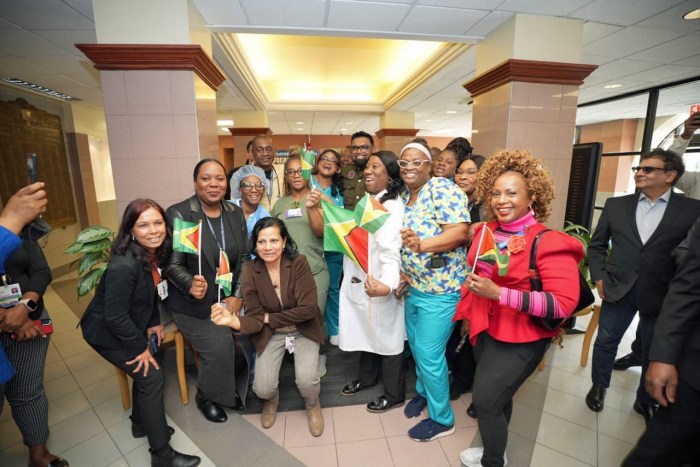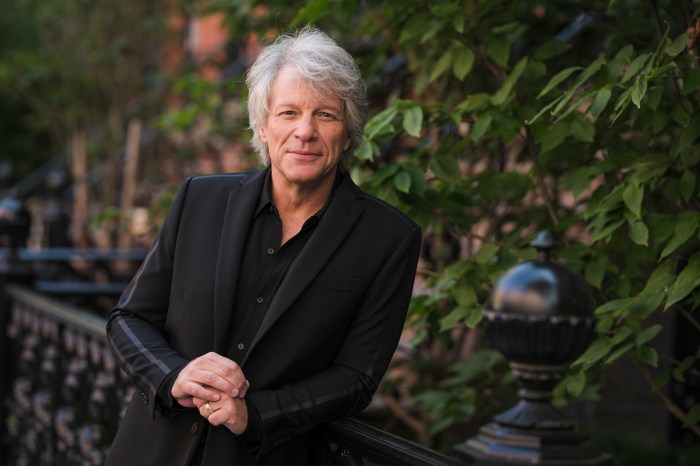By Nelson A. King
The Pan American Health Organization (PAHO) says it has developed new principles for Caribbean region countries to consider as they develop regulations for alcoholic consumption and the problems that drinking irresponsibly can cause.
PAHO said on Tuesday that “Technical note: Background on alcohol marketing regulation and monitoring for the protection of public health” provides elements that governments can use to strengthen legal and regulatory frameworks that would help reduce or eliminate exposure to alcohol marketing.
The organization said alcohol marketing is widespread in the Americas, including the Caribbean, with modern marketing techniques that go beyond traditional print and electronic media advertisements to include branded merchandise, sponsorships of sporting teams and events, discount pricing, social media, and sales or supply at educational or health establishments.
Substantial evidence now associates alcohol marketing with young people’s drinking behavior, according to the PAHO publication and the scientific journal Addiction.
“Studies have found that the more young people are exposed to alcohol marketing, the more likely they are to start drinking earlier, and to drink more if they are already drinking,” PAHO said. “The harmful use of alcohol is one of the four most common preventable risk factors for major noncommunicable diseases and an important risk factor for violence and injury. It also has an impact on other health conditions including HIV/AIDS and tuberculosis, as well as on economic and social development.”
PAHO said the document is based on the Global Strategy to Reduce the Harmful use of Alcohol of the World Health Organization (WHO), as well as the subsequent PAHO Regional Plan of Action. It complements a 2016 PAHO report on Alcohol Marketing Regulation, and was built in consultation with experts, representatives from several Member States and PAHO staff.
The publication also notes that a comprehensive ban on alcohol marketing is likely the only way to eliminate risk of exposure for those most needing protection, such as youth and other vulnerable groups.
PAHO said alcohol consumption in the Region of the Americas is higher on average than in most parts of the world. The group says estimates show a high prevalence of heavy episodic drinking among 15-19-year-olds in the Americas (29.3 percent for adolescent boys and 7.1 percent for adolescent girls).
PAHO said alcohol is the leading risk factor for death and disability among people aged 15-49 years in the Americas.
It also said nearly 40 percent of countries in the Americas have no restrictions on alcohol marketing, and none has a full ban on marketing. The organization reports that youth are five times more likely to drink alcohol brands that advertise on national television, and 36 percent more likely to use brands that advertise in national magazines. It also said youth exposed to ads containing a “party” theme were 19 times more likely to initiate drinking and about four times more likely to initiate binge drinking,.

























